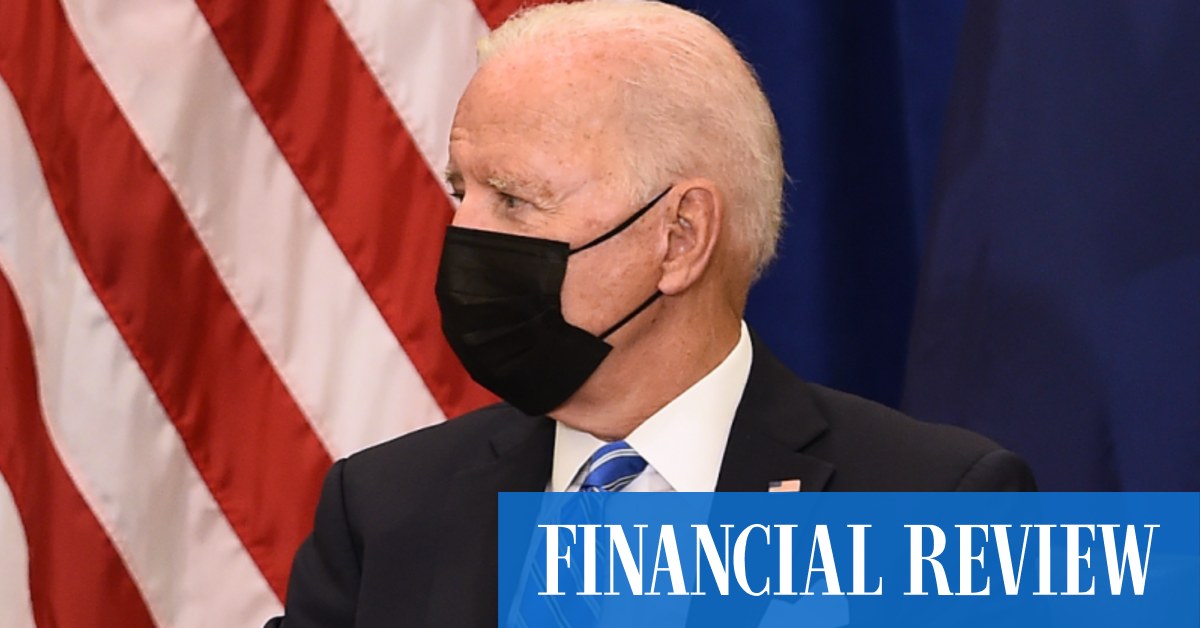The result is a slump in the number of working-age Americans that has been underway since Donald Trump was elected in 2016.
Dr. Kirchner estimates that if population growth and net international migration had maintained their pre-2016 rates, the US population would be about 4.8 million higher.
This suggests a loss of 3.1 million workers “compared to a non-Trump/non-pandemic counterfactual.”
“Like any supply shock, the shortage of workers dampens potential output,” Dr. Kirchner writes. “It’s also a drag on long-term productivity growth, given the disproportionate role that migrants play in innovation, new business creation, and entrepreneurship in the United States.”
A lack of catch-up immigration, due to political opposition, means that America will suffer a permanent loss of potential output and productivity growth.
The report highlights lessons for Australian policymakers and politicians, who are currently considering whether to increase immigration for several years to compensate for the border closures of the past two years.
“If the American electorate had expectations of future income growth that resembled those contained in the Congressional Budget Office’s estimates of future potential output, then those expectations have been disappointed.”
“The gap between long-term expectations and earnings helps explain the US economy’s sentiment of disappointment, despite bouts of near-term cyclical strength.”
America’s relative weakness is also of concern to Australia, given China’s close alliance relationship and renewed economic and political assertiveness.
“The United States is not alone in facing demographic challenges,” Dr. Kirchner noted. “China is also on the brink of outright decline due to its aging population.”
“But immigration has played a historically outsized role in promoting the dynamism of the American economy.”
The report urges Australia to press Washington for ‘a clearer articulation of US long-term goals’ when it comes to China, and warns Canberra will need to push harder on regional trade, such as the Trans-Pacific Partnership .
“There is little indication that Americans are convinced that the Indo-Pacific is the priority region for the US government compared to Europe and the Middle
East,” said USSC CEO Simon Jackman.
“Furthermore, American isolationist beliefs have steadily increased from 28% in 2019 to 40% at the end of 2021, while a plurality of Americans are simply unsure if any of their alliances make them safer.
“This sentiment and the pervasiveness of American political paralysis and dysfunction should not leave Australians alone.”

